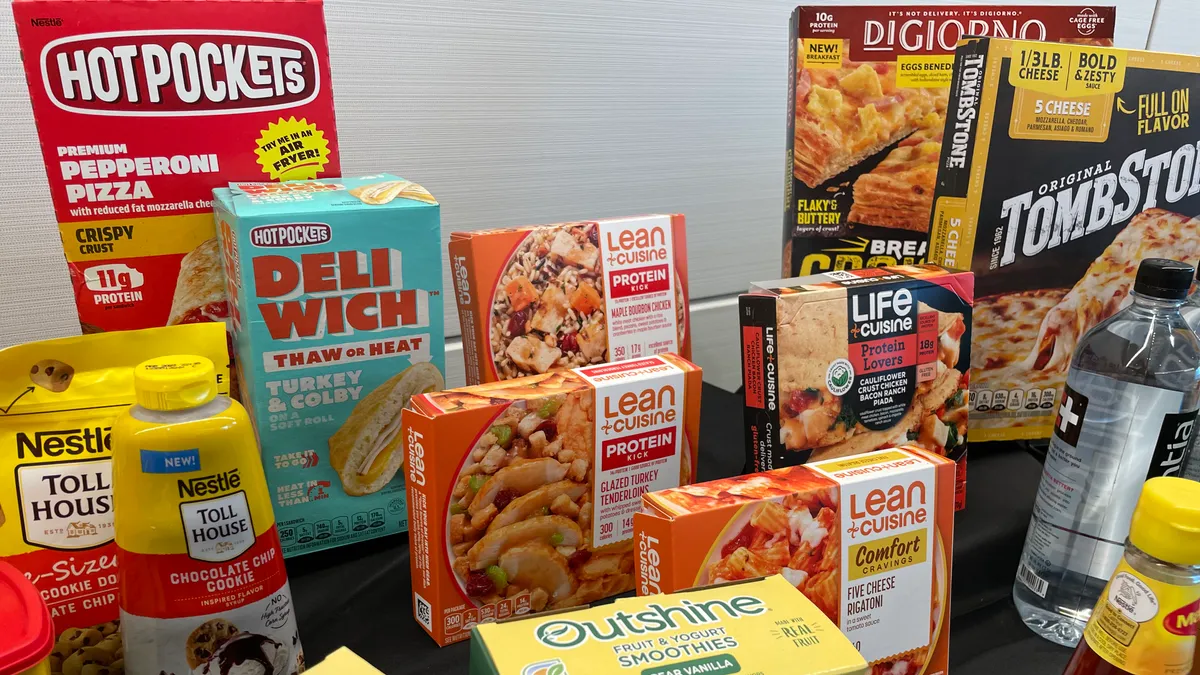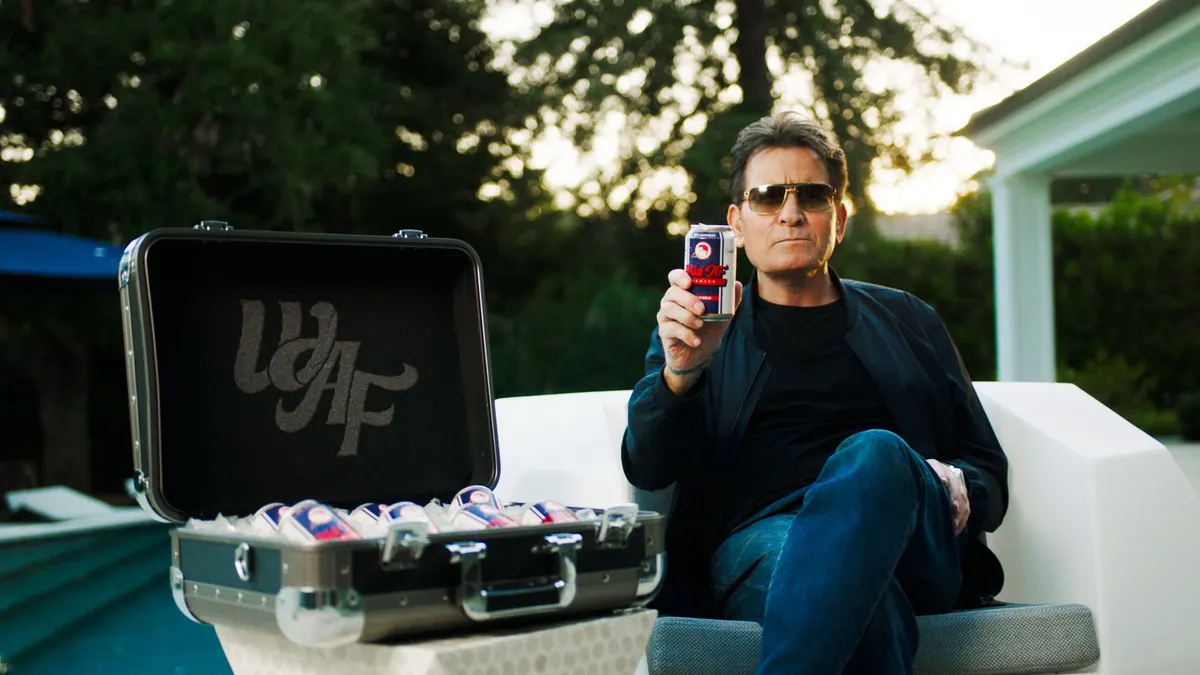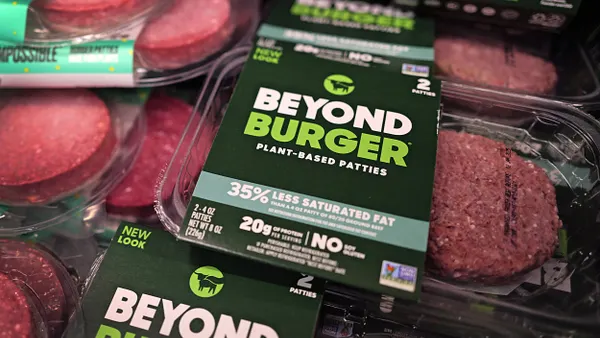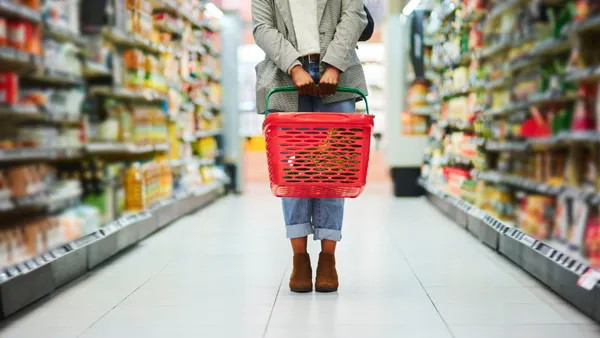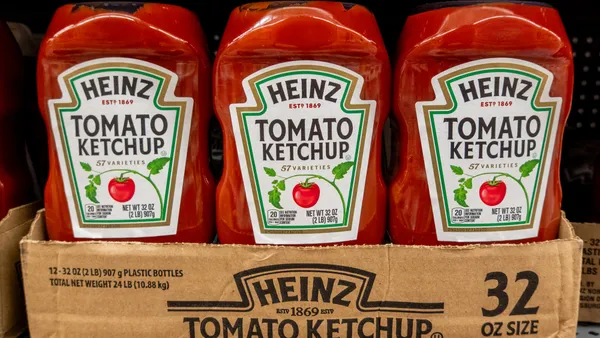Dive Brief:
- Nestlé USA plans to fully remove artificial colors from its food and beverage portfolio by the middle of 2026, the food and beverage giant said Wednesday.
- The Nesquick and DiGiorno maker said more than 90% of its U.S. portfolio does not include synthetic dyes.
- The CPG manufacturer joins General Mills and Kraft Heinz in pledging to remove artificial colors from its portfolio amid pressure from the White House to use more natural ingredients and improve the health profile of products consumers eat and drink.
Dive Insight:
Just two months after the FDA in April asked the industry to voluntarily remove six synthetic dyes by 2027, food companies are moving aggressively to publicly tout steps they are taking.
While efforts to remove the ingredients are by no means easy, General Mills, Kraft Heinz and now Nestlé USA all noted their portfolios are largely void of artificial colors already, with at least 85% lacking the synthetic dyes. Nestlé is going a step further by committing to an earlier timeline than General Mills and Kraft Heinz, which both plan to complete their reformulations by the end of 2027.
Nestlé USA noted that during the last decade it has been actively removing synthetic colors from its products and working to identify alternative solutions in recipes where they are still used.
“Consumers enjoy a wide variety of foods and beverages as part of their daily diet,” Marty Thompson, Nestlé USA’s CEO, said in a statement. “As their diverse dietary preferences and nutritional needs evolve, we evolve with them.”
The FDA has said phasing out artificial dyes is voluntary, but officials also warned they could increase pressure on the industry to act if progress is slow. Companies, no doubt, want to set their own targets rather than face mandatory ones from the administration that are more aggressive or impossible to reach.
Some companies and industry officials have cautioned that the FDA may be moving too fast in its efforts to remove artificial colors. Executives have said businesses will need time to ensure they can get enough supply of natural ingredient replacements and assess how the new colors will impact things such as product shelf life, price and packaging.
In the meantime, states have pursued their own, more restrictive measures as part of Health and Human Services Secretary Robert F. Kennedy Jr.’s "Make America Healthy Again Movement." West Virginia banned seven food dyes from being used in products sold throughout the state, and Texas passed a law requiring warning labels when certain ingredients are used.


